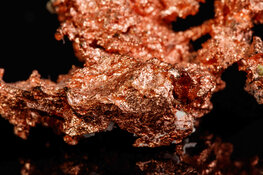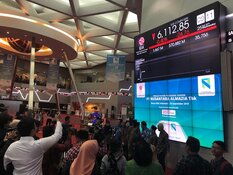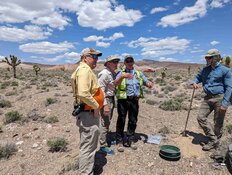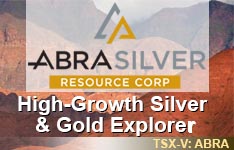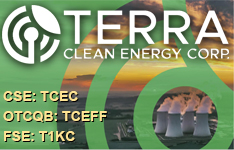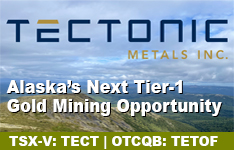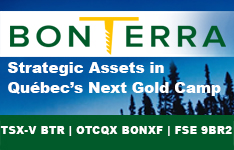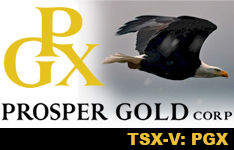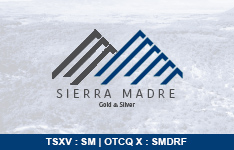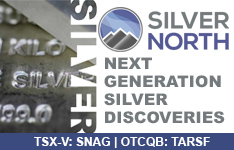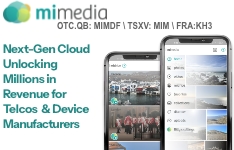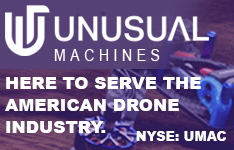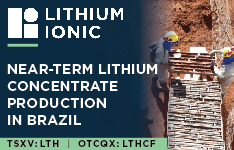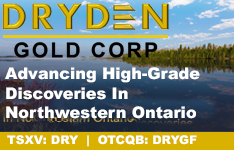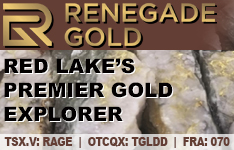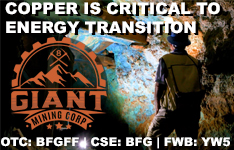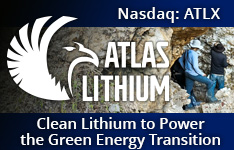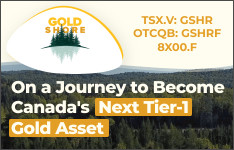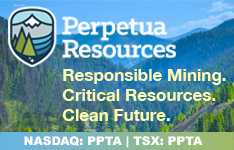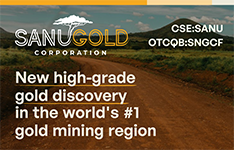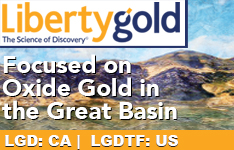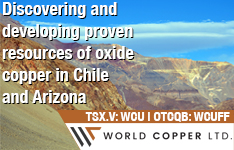Pebble Creek, the world's second-largest identified gold reserve, sits trapped in regulatory limbo in the raw, untamed wilderness of southwestern Alaska, "a kingdom of gold" sealed beneath a harsh landscape, Wealth Daily's Brian Hicks wrote for Streetwise Reports on March 4.
An "astonishing" 70 million ounces (Moz) gold (Au) is trapped here, US$210 billion in raw gold value at current gold bull market prices. There's also 57 billion pounds of copper (Cu), 3.4 billion pounds of molybdenum, and 344 ounces of silver (Ag), wrote Hicks.
"Yet despite this mammoth fortune lying beneath the Alaskan terrain, not one single ounce has been extracted," Hicks wrote. "Why? A maze of political obstacles, regulatory bottlenecks, and environmental challenges that have kept the project frozen for decades."
But Hicks, author of "The Dawn of NatGold: Profit from the New Digital Gold Rush," said Pebble Creek "remains nothing but a buried vault of riches awaiting someone to discover the combination."
Hicks believes that combination has been found in a building revolution in the way investors buy and sell gold.
Private company NatGold Digital Ltd. plans to transform underground gold resources into tradable, compliant NatGold Tokens in a blockchain-based digital gold mining ecosystem instead of physically digging it up from the ground.
The Catalyst: US$3,000 Gold 'In Sight'
With its traditional role as a safe place to invest in times of turmoil, fears of an escalating global trade war have sent gold prices to new highs so far this year.
Gold broke through the US$2,900 barrier for the first time in February and prices are up by double-digit percentages from the start of the year.
"The target of US$3,000 is very much in sight and, as we know, when times are uncertain, investors flock to safe-haven assets such as gold to hedge," Prem Raja, head of trading floor at Currencies 4 You, told Dan McEvoy of MoneyWeek recently.
But according to Technical Analyst Clive Maund, writing on January 27*, many investors are "painfully aware that gold stocks have been dramatically underperforming gold itself over the past several years."
The reasons? Maund points to the astronomical costs of mining the gold and the public's negative perception of the mining industry's ESG record (ESG stands for Environmental, Social, and Governance).
"Traditional gold mining involves digging gold out of the ground, an expensive, laborious, and time-consuming business, and then a large percentage of it goes back into the ground in the form of gold bars in bullion vaults," Maund wrote.
NatGold is revolutionary because underground deposits can be turned into NatGold coins — the result of this being that "the gold in the ground is ascribed value and ownership without ever having to be mined," Maund wrote.
The analyst recognizes this may be a hard concept for some traditional investors to wrap their heads around.
"However, this tokenization of the gold in the ground is probably more real than Bitcoin, and as we know, Bitcoin has entered the mainstream in a big way, so why not gold?" Maund wrote.
What Is a Blockchain?
But what is a blockchain, and how does this all work? According to Wealth Daily, a blockchain is "a distributed public ledger. Just picture it like a giant jumbled spiderweb — there's no start or center and no central controlling entity."
"In the world of digital currency, this is a huge benefit to many investors and users who don't like the idea of their money being tied to a central government or bank," the website noted.
Tokenization is simply "converting the rights of an asset to a token on a blockchain."
The world's largest asset manager, BlackRock, is aiming to tokenize US$10 trillion of its assets.
"We believe that next step going forward will be the tokenization of financial assets," Chief Executive Officer Larry Fink has said. "Every stock, every bond will have its own (number), it will be on one general ledger, (and) every investor, you and I, will have our own number."
Gold Needs to 'Keep Up With the Times'
In a fireside chat with Bretton Woods Committee, Securitize chief executive officer and cofounder Carlos Domingo said that tokenization is not that different than ownership of certain assets now, like deeds for homes and other real estate or securities recorded by an issuer.
"Tokenization is nothing else but a very efficient ledger that is that is public" but also digitally secure, he said.
Much of what asset managers do is to raise and invest money, he said. "But they also have to record the ownership of everything," he said. "They have to move it around, and that turns out to be a very complicated process with a lot of intermediaries involved, with a lot of reconciliation errors, manual processes, etc."
"Gold needs to keep up with the times. How?" asked entrepreneur, business author, and seasoned capital markets professional Alex Tapscott, who co-wrote the bestselling book Blockchain Revolution: How the Technology Behind Bitcoin is Changing Money, Business, and the World, and the more recent Wall Street Journal Bestseller Web3. "The answer lies in blockchain, the technology behind Bitcoin. Blockchains allow us to program a digital coin or 'token' to represent anything of value — stocks, bonds, art, gold — and make it accessible to anyone without the need for intermediaries."
The global Bitcoin market size was valued at US$17.05 billion in 2021 and is expected to expand at a compound annual growth rate (CAGR) of 26.2% from 2022 to 2030, Grand View Research said.
'A Financial Transformation'
Technical Analyst Maund noted that gold's true value "lies in its existence, not where it is vaulted, these problems are solved by 'digital mining.'"
There will be some argument that physical gold is needed for jewelry and even industrial applications, but "it is clear that if the tokenization of gold is successful, the need to mine new reserves will be vastly reduced so that what demand there is can be met to a considerable degree by existing mines and processing tailings, etc."
Hicks said NatGold is "more than just another gold-backed digital token — it's a financial transformation."
"By tokenizing the confirmed gold reserves at Pebble Creek, Northern Dynasty Minerals Ltd. (developer of the project), investors and the public could finally derive value from the deposit — without extracting a single ounce," he wrote.
According to Hicks, each NatGold token embodies a "portion of the verified, unmined gold reserves" at such projects.
"Investors can purchase, liquidate, and exchange tokenized gold across global marketplaces," he wrote. "Token holders gain exposure to gold's value without the environmental or operational complexities of physical extraction."
He continued, "The cascading impact could be tremendous. Entire economies might be rewritten, as companies no longer need to risk billions on speculative extraction ventures — they can secure capital immediately using verified, certified, and tokenized reserves."
| Want to be the first to know about interesting Technology, Gold and Cryptocurrency / Blockchain investment ideas? Sign up to receive the FREE Streetwise Reports' newsletter. | Subscribe |


